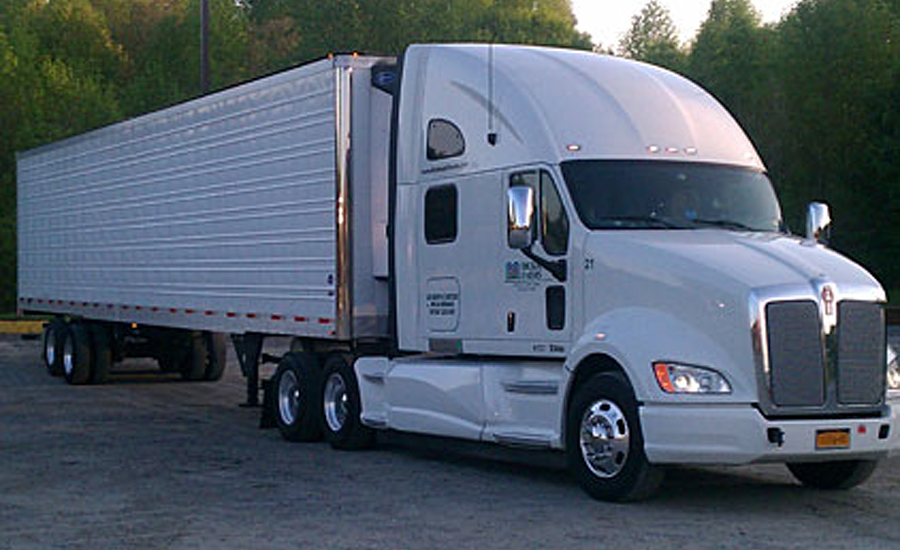Increase in demand for frozen perishables helps refrigerated transport market
Trying to reach $14.1B by 2020

The refrigerated transport market is projected to reach $14.1 billion by 2020, according to "Refrigerated Transport Market by Commodity Type (Chilled & Frozen), Mode of Transportation (Road Sea, Rail, Air), Vehicle Type (LCV, MHCV, HCV), Technology (Vapour Compression Systems & Cryogenic systems), & by Region - Global Forecast to 2020," a report published by MarketsandMarkets, New York.
According to the study, the refrigerated transport market will witness a CAGR of 6.27% during the forecast period. The market size is projected to a CAGR of 2.53% to 3.01 billion tons during the forecast period. The market report classifies and defines the refrigerated transport market in terms of value and volume.
The report highlights potential growth opportunities in the coming years as well as covers review of the market drivers, restraints, growth indicators, challenges, market dynamics, competitive landscape and other key aspects with respect to the refrigerated transport market. It also focuses on key market players and their strategies, along with recent developments.
Increasing concerns for food safety will spur the demand for refrigerated vehicles. Refrigerated transportation is a critical link in the overall cold chain logistic operations. The localization of perishable commodities, growing population, coupled with rise in freight transportation due to economic development, has fueled the market for refrigerated transportation. Freight operators have also invested in the replacement of the equipment used for refrigerated transportation. In countries such as China and India, the current vehicle fleet is proving to be insufficient, given the high levels of population and rising per capita income. Government is facing a challenge of food wastage and initiatives are being undertaken by various government agencies to preserve the quality of the food during storage and distribution. Quality of food consumed is also a priority for the end users in the wake of increasing income. Initiatives for food security and changing perceptions of the end users are estimated to drive the demand for refrigerated vehicles.
Increase in demand for frozen perishables. Globally, shifts in economic, social and demographic trends are bound to put pressure on food suppliers. These changes will re-shape the consumption pattern and consumer perception of frozen foods. The projected growth of frozen foods is promising, with growth opportunities from emerging markets such as Asia Pacific, Latin America and Eastern Europe.
As frozen foods boast a longer shelf life, they are preferred when climatic conditions affect crop productivity. Food manufacturers produce frozen foods in processed and packaged foods to provide consumers with food products at affordable prices. Freezing techniques provide the perfect solution to move food from the farmer's market to the supermarket and improve affordability, accessibility and prevent loss of food.
In the frozen food category, there is a huge opportunity in developing countries and developed countries. In developing markets such as India, China and Latin American, the growing incomes are leading to growth in the middle-class population, who are eager to try out different ethnic and international cuisine. The growth of service sectors such as fast food chains, quick-service restaurants and hypermarkets are accelerating the growth of frozen foods.
Looking for a reprint of this article?
From high-res PDFs to custom plaques, order your copy today!






